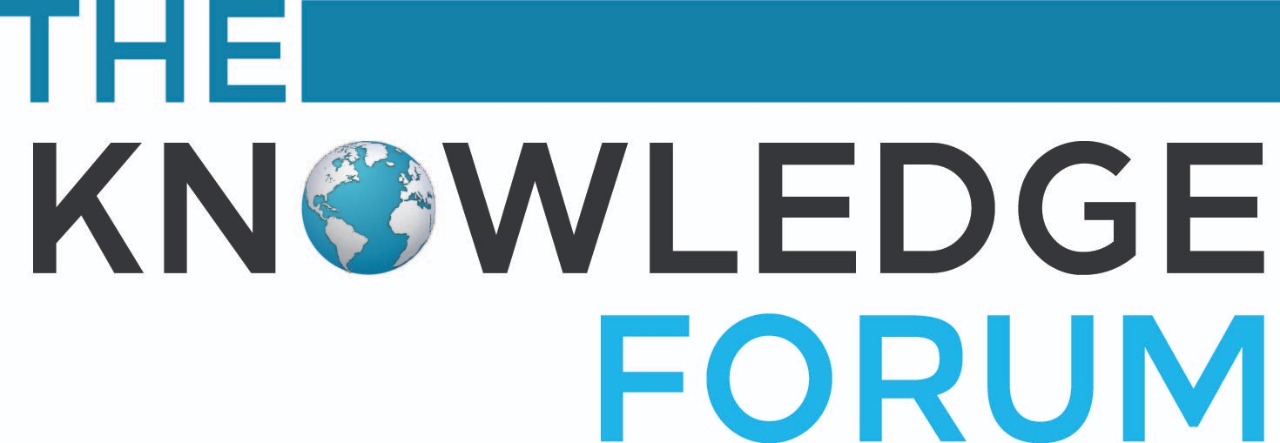Pakistan Bulletin
An up-to-date and informed analyses of key issues of Pakistan.
Books Unread: Pakistan’s Learning Poverty Crisis
September 2024
Despite rising school enrolment in Pakistan, a learning poverty crisis persists, with 77 per cent of late-primary-age children unable to read basic texts, revealing systemic failures in education.
In Pakistan, over 3.3 million children are trapped in labour, driven by the harsh realities of climate change and economic instability.
While initiatives like The Citizens Foundation are helping, their limited impact highlights the urgent need for comprehensive state-led education reforms.
A first step would be to adopt a standardised age-appropriate syllabus. One program that has had proven positive outcomes in LMICs such as India and Nigeria is a “Teaching at the Right Level” (TaRL) approach which aims at closing foundational gaps in learning by tailoring teaching to the individual student’s level. Learning from this, education development efforts can be tailored to the needs of different provinces. For provinces like Sindh and Balochistan, which have a higher rate of learning poverty, the focus should be on providing quality education through trained teachers and assessments, but for Punjab, the focus should be on vocational training and secondary and higher education for valuable skills development. Learning poverty is an issue that requires rigorous attention from all stakeholders, from policymakers to teachers to parents.
Eisha Jawaid
Author
Eisha Jawaid has a Bachelors in Economics and Mathematics from the Institute of Business Administration. She is currently pursuing an M.Phil in Economics from the Pakistan Institute of Development Economics.

Get the latest news and updates from our team
